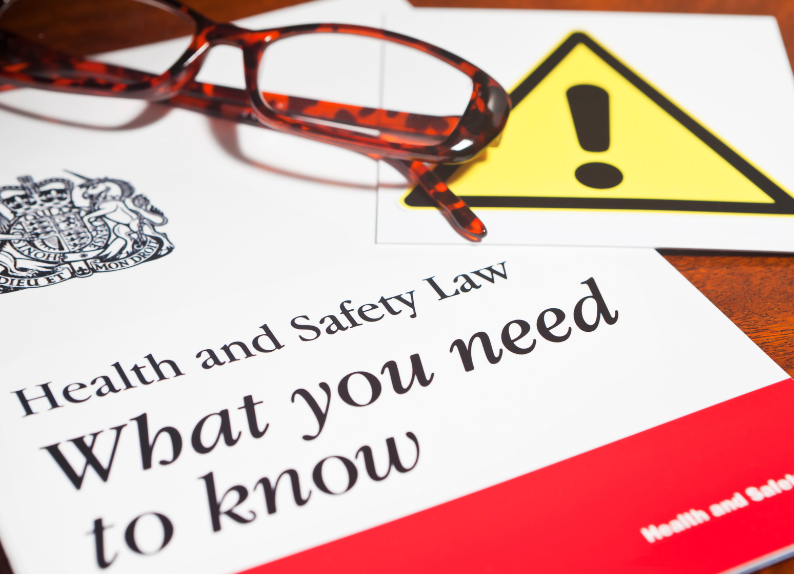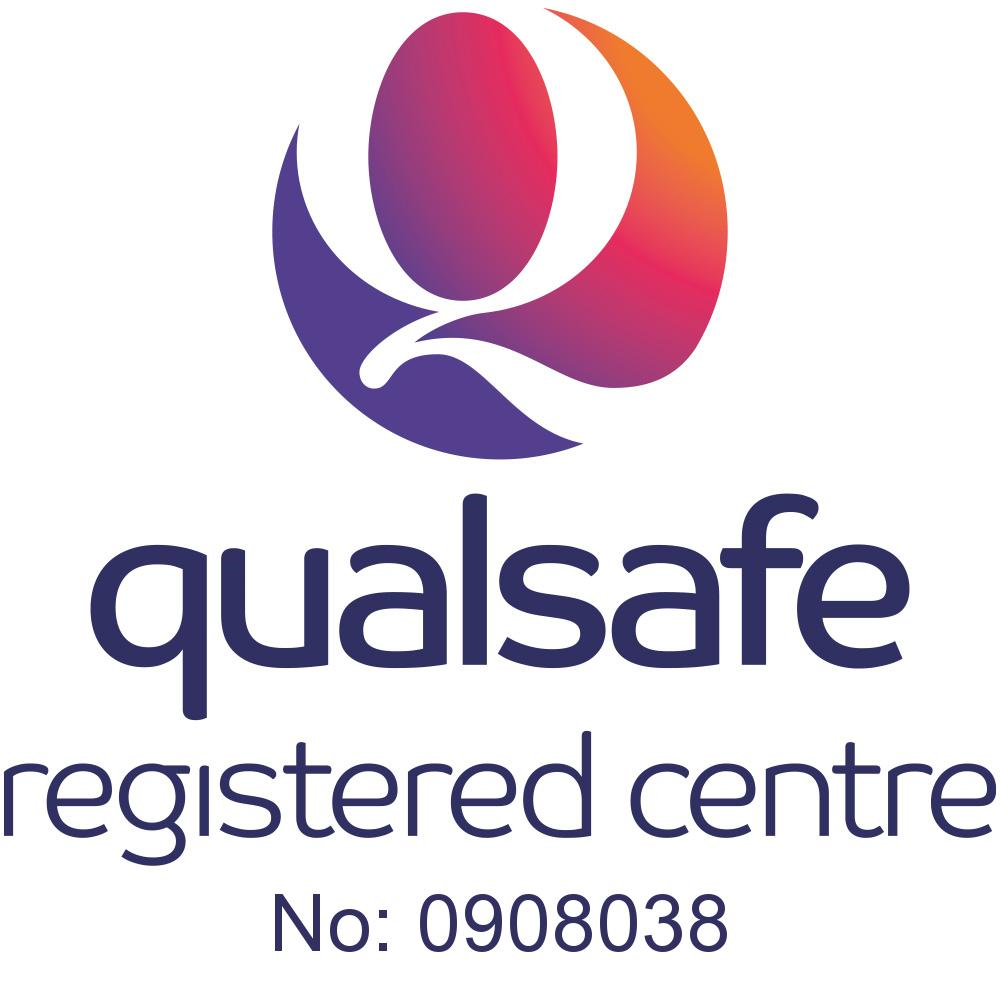Health and Safety
Learning Outcomes
- Define the importance of health and safety in the workplace.
- Identify common hazards and explain the risks associated with them.
- Outline relevant health and safety legislation and responsibilities for compliance.
- Describe practical strategies to prevent accidents and manage incidents.
- Explain the correct reporting procedures and emergency response actions.
- Demonstrate an understanding of personal responsibility and safe working practices.
Aim
The aim of this course is to provide learners with the knowledge and understanding of health and safety principles in the workplace, enabling them to identify hazards, reduce risks, and maintain a safe environment for staff, service users, and visitors.
Why Customers would Benefit from the Health and Safety Training Course?
Improved Awareness of Workplace Safety
Learners gain knowledge of potential hazards and how to manage them effectively, ensuring a safer work environment.
Compliance with Legislation
Staff are informed about health and safety laws and regulations, helping organisations meet legal obligations and reduce liability.
Accident Prevention
Understanding risk assessments, safe practices, and preventive measures reduces the likelihood of accidents and injuries.
Enhanced Confidence in Emergency Situations
Learners are prepared to respond appropriately to incidents, including first aid, evacuation, and reporting procedures.
Promotion of a Safety Culture
The course fosters a culture where health and safety is everyone's responsibility, encouraging proactive behaviour and accountability.
Reduced Operational Risks
Trained staff contribute to reducing organisational risks, protecting both employees and service users.
Support for Staff and Service Users
Safe working practices ensure that care staff can provide consistent, reliable, and safe support to service users.

Key Benefits for Customers:
Stronger Organisational Reputation
Secure and responsible information handling demonstrates professionalism and compliance, enhancing the organisation’s credibility.
Staff Development and Confidence
Learners are better equipped to handle sensitive information in diverse situations, improving their professional skills.
Safer and Efficient Practice
Correctly managed information reduces mistakes, supports decision-making, and protects both staff and service users.
Compliance and Risk Mitigation
Training helps organisations maintain compliance with data protection laws and minimise the risk of legal issues or breaches.
Let’s Talk About Your Training Needs
Our friendly team is ready to help you build the right training solution for your care setting.
Health and Safety
Course
Health and Safety
Level
2
Practical
No
Duration
2-3 Hours
Certificate Length
2 Years
Number of Delegates
12
What Our Customers Say About Us

Registered Manager
Residential Care Home

Domiciliary Care Provider
Residential Care Home


